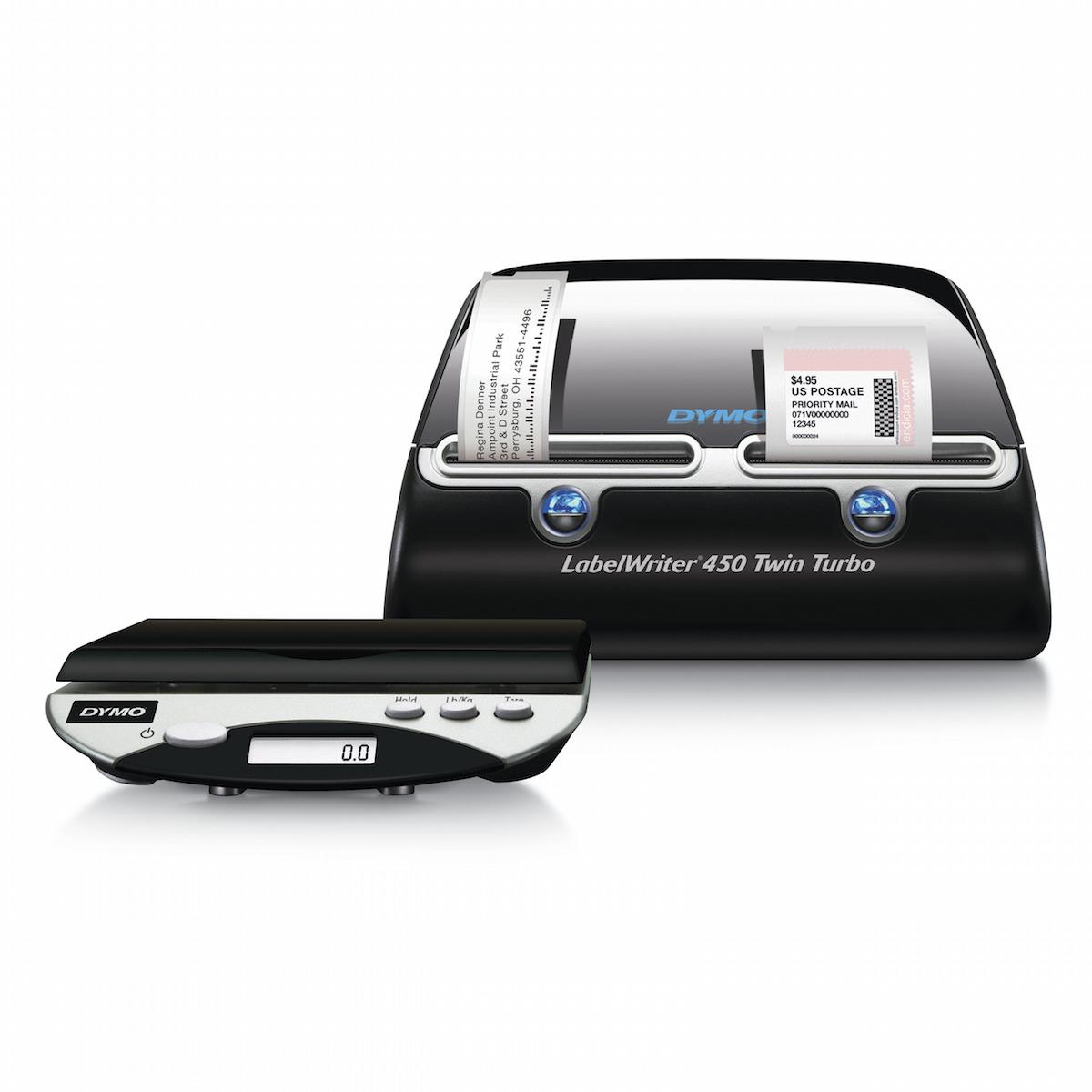

- DYMO FILE MONITOR INSTALL
- DYMO FILE MONITOR DRIVERS
- DYMO FILE MONITOR UPDATE
- DYMO FILE MONITOR DRIVER
Now would be a great time to play around in CUPS and get comfortable with it.

DYMO FILE MONITOR DRIVER
Then just pick the appropriate Dymo driver and you are good to go! Now, assuming you installed the driver correctly, you should see Dymo as a choice for manufacturer. Make sure to check the box for "share this printer" assuming you want other users on your network to use it. If not, you should make sure it is powered on and that it is connected. You should now see the Dymo listed as a local printer. Likely username: pi, and hopefully a password better than "raspberry" Note that you should be prompted to login at this point, use your Raspberry Pi login. Then, click Administration and Add New Printer. Our pi is at 192.168.0.140, so please change the IP address for your own network.įirst, point your web browser at your new Raspberry Pi print server:Īt this point you want your Dymo connected to your Pi and turned on.
DYMO FILE MONITOR INSTALL
So now that you have the driver for the Dymo created, you can install the printer in CUPS. And once that's done, install the driver by typing: sudo make install.
DYMO FILE MONITOR DRIVERS
Then build the drivers by typing: sudo make.configure which will configure the install script for the printer We recommend checking out the install instructions by typing: more INSTALL.You will end up with a Tarball, we recommend putting the tarball into the /home/pi directory and extracting it via the tar -xvf command First, download the Dymo SDK for Linux.It actually isn't that scary and it worked for us on the first try! You have to compile the drivers for the Dymo label printer. So now that you have CUPS installed, here comes the fun part. You should now be able to access the print server on any local computer by typing pi's IP address}:631.Require user Restrict access to the configuration files.Īllow Restart CUPS by issuing the following: sudo /etc/init.d/cups restart In the block below, we’ve bolded the lines you need to add to the config:Īllow Restrict access to the admin pages. Scroll further down in the config file until you see the “location” sections.# Only listen for connections from the local machine.Run the following to make sure remote users can make changes to CUPS: sudo nano /etc/cups/nf.

DYMO FILE MONITOR UPDATE
Run the following to make sure you have the latest packages: sudo apt-get update.We found a great guide at describing CUPS installation on the Pi, and we will just give you the highlights here: Don't believe me? Go to localhost:631 and you will see the print server. If you run a Mac, it is actually how printing works on your machine. The first step was to install CUPS, which is the Common Unix Print Service. So why couldn't we run one as a print server? We sell a ton of Raspberry Pi systems and we also use them everyday for making SD cards, listening to Pandora, and more. So here we were with a $150 printer that was basically a paperweight. The printer would occasionally lock up and we would have to restart it.super frustrating! We ended up hooking it up to an old Windows laptop, and even then it was buggy. In fact we spent 1.5 hours on the phone with the wonderful folks at ShipStation trying to get the Dymo to work. We tried our trusty 2007 Macbook and 2013 Macbook Pro Retina, and the results were not good. Unfortunately, the Dymo does not play well with our Macintosh computers. They also use less paper than our previous method printing 8.5" x 5.5" labels via a laser printer. These printers use thermal transfer instead of ink, so you don't have to buy ink cartridges. The most cost effective way to print a lot of labels is to use a thermal printer, such as the Dymo 4XL. So the bulk of our revenue comes from shipping product, so naturally we print a lot of labels! Using the Raspberry Pi as a Print Server for a Dymo 4XL Label Printer


 0 kommentar(er)
0 kommentar(er)
